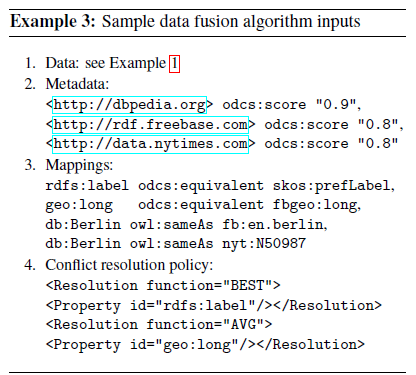The challenge of combining 176 x #otherpeoplesdata to create the Biomass And Allometry Database by Daniel Falster , Rich FitzJohn , Remko Duursma , Diego Barneche .
From the post:
Despite the hype around "big data", a more immediate problem facing many scientific analyses is that large-scale databases must be assembled from a collection of small independent and heterogeneous fragments — the outputs of many and isolated scientific studies conducted around the globe.
Collecting and compiling these fragments is challenging at both political and technical levels. The political challenge is to manage the carrots and sticks needed to promote sharing of data within the scientific community. The politics of data sharing have been the primary focus for debate over the last 5 years, but now that many journals and funding agencies are requiring data to be archived at the time of publication, the availability of these data fragments is increasing. But little progress has been made on the technical challenge: how can you combine a collection of independent fragments, each with its own peculiarities, into a single quality database?
Together with 92 other co-authors, we recently published the Biomass And Allometry Database (BAAD) as a data paper in the journal Ecology, combining data from 176 different scientific studies into a single unified database. We built BAAD for several reasons: i) we needed it for our own work ii) we perceived a strong need within the vegetation modelling community for such a database and iii) because it allowed us to road-test some new methods for building and maintaining a database ^1.
Until now, every other data compilation we are aware of has been assembled in the dark. By this we mean, end-users are provided with a finished product, but remain unaware of the diverse modifications that have been made to components in assembling the unified database. Thus users have limited insight into the quality of methods used, nor are they able to build on the compilation themselves.
The approach we took with BAAD is quite different: our database is built from raw inputs using scripts; plus the entire work-flow and history of modifications is available for users to inspect, run themselves and ultimately build upon. We believe this is a better way for managing lots of #otherpeoplesdata and so below share some of the key insights from our experience.
The highlights of the project:
1. Script everything and rebuild from source
2. Establish a data-processing pipeline
- Don’t modify raw data files
- Encode meta-data as data, not as code
- Establish a formal process for processing and reviewing each data set
3. Use version control (git) to track changes and code sharing website (github) for effective collaboration
4. Embrace Openness
5. A living database
There was no mention of reconciliation of nomenclature for species. I checked some of the individual reports, such as Report for study: Satoo1968, which does mention:
Other variables: M.I. Ishihara, H. Utsugi, H. Tanouchi, and T. Hiura conducted formal search of reference databases and digitized raw data from Satoo (1968). Based on this reference, meta data was also created by M.I. Ishihara. Species name and family names were converted by M.I. Ishihara according to the following references: Satake Y, Hara H (1989a) Wild flower of Japan Woody plants I (in Japanese). Heibonsha, Tokyo; Satake Y, Hara H (1989b) Wild flower of Japan Woody plants II (in Japanese). Heibonsha, Tokyo. (Emphasis in original)
I haven’t surveyed all the reports but it appears that “conversion” of species and family names occurred prior to entering the data pipeline.
Not an unreasonable choice but it does mean that we cannot use the original names as recorded as search terms into literature that existed at the time of the original observations.
Normalization of data often leads to loss of information. Not necessarily but often does.
I first saw this in a tweet by Dr. Mike Whitfield.
